 Your new post is loading...
 Your new post is loading...

|
Rescooped by
Gilbert C FAURE
from Curation, Veille et Outils
January 6, 2014 2:30 PM
|
Et si la future star d’internet venait de Midi-Pyrénées ? Scoop.it est un réseau social en pleine croissance. Il permet de partager sur internet, tel un journal, ses centres d’intérêt. Aujourd’hui, l’entreprise basée à Labège (31) se développe et s’installe à San Francisco.
Via Hélène Brevet, Veille digitale
"Change your language and you change your thoughts." -- Karl Albrecht
Understanding Academic Language
Academic language is a meta-language that helps learners acquire the 50,000 words that they are
Via Maria Margarida Correia, juandoming

|
Rescooped by
Gilbert C FAURE
from Implementing e-Learning
December 26, 2013 4:02 PM
|
What are the best content curation tools for you? Find out to streamline your workflow, share better content and delight your audience with relevant posts.
Via Mario Zidar

|
Scooped by
Gilbert C FAURE
December 26, 2013 1:59 PM
|
Did you know… MIT publishes tons of course materials online and they are available to the public for free? (RT @juandoming: #MIT Language Courses Available To The Public For Free!

|
Suggested by
LIGHTING
December 25, 2013 1:59 PM
|
Contemporary Chinese art at the Metropolitan Museum
Financial Times
Erudite scholarship? Check. Perfect lighting? Check. Extreme beauty? Double check.

|
Scooped by
Gilbert C FAURE
December 20, 2013 3:18 PM
|
Surprising: 80% of scientific data lost within two decades, says new #UBC study led by @TimHVines http://t.co/a5UUrCkrkW

|
Scooped by
Gilbert C FAURE
December 17, 2013 1:55 PM
|
Haiku Deck of 5 cool content curation tools including: Haiku Deck, Paper.li, Pinterest, Scoop.it, GooglePlus

|
Rescooped by
Gilbert C FAURE
from E-Learning-Inclusivo (Mashup)
December 15, 2013 12:51 PM
|
his is what you find on the first page of most searches for PKM: Personal knowledge management (PKM) is a collection of processes that a person uses to gather, classify, store, search, retrieve, and share knowledge in his or her daily activities – Wikipedia It is interesting to note that this definition comes from a study on manufacturing and artificial intelligence. The paper tries to bridge gap between knowledge management and artificial intelligence approaches proposing agent-based framework for modelling organization and personal knowledge. The perspective of knowledge management is chosen to develop two conceptual models—one describes the intelligent enterprise memory, another models an intelligent organization’s knowledge management system. The concept of an agent-based environment of the knowledge worker for personal and organizational knowledge management support is introduced. – Agent based approach for organization and personal knowledge modelling: knowledge management perspective (2007) In my practice of PKM, and the Seek > Sense > Share framework, there is nothing artificial at all, and looking for automation only detracts from the real power of PKM. In the same Wikipedia article, reference is made to Dave Snowden’s issues with the concept. Dave Snowden has asserted that most individuals cannot manage their knowledge in the traditional sense of “managing” and has advocated thinking in terms of sensemaking rather than PKM. I agree. Dave has published a recent article on the Cynefin framework, which I think shows clearly where PKM can play a critical role. It is in making sense of complexity. Cynefin is not intended as a crude categorisation model, although it has been used as such with some utility. It is as much about dynamic movements. So in the model shown here the prime dynamic is shown in red. The idea is that ideas emerge in the complex domain and are then constrained to shift them into complicated. As you start to impose constraint you see if it creates repeatability, if not pull back. If it works then you shift from exploration to exploitation. Periodically you relax the constraints again to allow new possibilities to emerge. From time to time the dynamic may have ossified in which case a reset is need; the blue line known as a shallow dive into chaos. Only when change is no longer plausible is it shifted to Obvious [green] – Great is the power of steady misrepresentation
Via juandoming

|
Rescooped by
Gilbert C FAURE
from E-Learning-Inclusivo (Mashup)
December 15, 2013 5:20 AM
|
Excerpt from article written and curated by Robin Good and first published on MasterNewMedia:
"Content curation tools are in their infancy. Nonetheless you see so many of them around, there are more new curation tools coming your way soon, with lots of new features and options.
Enormous progress has been made since the early days of the first news curation tools to what is available today, but yet, I feel we have only barely scratched the surface.
To illustrate what I expect to see on this front, here is a panoramic tour of the traits, features, patterns and trends that I expect will characterize the future of digital content curation tools, organized into specific feature areas.
1) Display Formats of Curated Content Collections
The first area in which I expect to see lots of improvement and innovative ideas is the one of how a curated collection or stream can be displayed to the user.
This is one of the most underestimated and underutilized areas of improvement for content curation tools.
2) Slicing and Dicing
Some of the present-day content curation tools, including Scoop.it, Spundge and several others, do allow you to tag and filter content but none provides a direct facility to easily create sub-sets that gather together collection items with the same characteristics.
3) Micro - Macro
One other badly needed feature, that I hope will see its way in some of the leading content curation tools, is the ability to instantly switch from a bird’s eye view of a topic to the detailed view of a specific information item.
4) Recurate
Another area that offers great opportunities for innovation and for the introduction of new useful features is the one covering the ability to assess, managing inventories, organize and curate one’s own existing assets.
5) News Discovery
The main problem with news discovery arises from the fact that quality filters and algorithms capable of both fully understanding the topic of interest, not just by way of a keyword or a hashtag but by semantic inference, and capable of identifying the relevant sources among so many noise-making content marketers reposting other people stuff, are not easy to build.
The best way to uncover, identify and identify new quality sources and content items may be to employ a balanced mix of automated search filters augmented by human curators that can supervise, edit, refine and improve on what is gathered by the algos.
6) Ownership
The main benefit offered by content curation platforms that require you to curate and publish first via their systems (Scoop.it, Pinterest, etc.) is that they provide you with an existing broad audience readily interested in your content. For someone just starting out online, this can be a huge booster.
The con side of the equation is that your rights on what you have curated as well as the physical ownership of that content is not under your control anymore. And for those already having good visibility and reputation online, this may not be the most attractive proposition.
7) Credit and Attribution
For professional curators the need to properly and systematically credit and attribute the content and sources utilized is not a secondary matter. Discovery of new interesting content is at the heart of the curator job, and facilitating the exchange on meta-data that provides credit and hints as to who has been of help in discovering something will increasingly be a highly valued activity..."
Each point is analyzed with more information and external links. Read full, interesting and detailed article here:
http://www.masternewmedia.org/content-curation-tools-future-part1/
Via Giuseppe Mauriello, juandoming

|
Scooped by
Gilbert C FAURE
December 15, 2013 1:43 AM
|
Online version of the weekly magazine, with current articles, cartoons, blogs, audio, video, slide shows, an archive of articles and abstracts back to 1925 (RT @bendreyfuss: In 1988, a cloud scientist named Nancy Knight found 2 identical snowflakes...

|
Rescooped by
Gilbert C FAURE
from Le tourisme pour les pros
December 11, 2013 5:01 AM
|

|
Scooped by
Gilbert C FAURE
December 10, 2013 3:04 PM
|
Are you a digital packrat? Are you in need of a searchable repository for everything you want to recall later?Evernote is an invaluable tool and one you need if you haven't used it before.
|

|
Rescooped by
Gilbert C FAURE
from Freewares
January 6, 2014 9:18 AM
|
La pratique de la curation de contenus correspond-elle à une nouvelle forme de lecture de la part de ceux qui la pratiquent ?
Via Freewares&Tutos

|
Scooped by
Gilbert C FAURE
December 29, 2013 1:29 PM
|
44% of Links Go Lost: To Preserve Valuable Content Online Will Become a Prime Need on E-Learning-Inclusivo (Mashup) curated by juandoming (44% of Links Go Lost: To Preserve Valuable Content Online Will Become a Prime Need

|
Rescooped by
Gilbert C FAURE
from E-Learning-Inclusivo (Mashup)
December 28, 2013 1:01 PM
|
Slide Deck of Presentation “elearning on Tablets: what, why, how?” by Amit Garg to Tablet Learning enthusiasts at Learning Technology Summer Forum
Via Maggie Verster, Juergen Wagner, juandoming

|
Scooped by
Gilbert C FAURE
December 26, 2013 2:02 PM
|

|
Scooped by
Gilbert C FAURE
December 25, 2013 2:22 PM
|
The San Francisco Declaration on Research Assessment (DORA), an initiative spearheaded by the American Society for Cell Biology, aims to reform research assessment.

|
Rescooped by
Gilbert C FAURE
from Content Curation World
December 21, 2013 3:52 PM
|
A framework for using Curation in a learning organisation
Via Robin Good

|
Scooped by
Gilbert C FAURE
December 17, 2013 1:55 PM
|
A director’s brief for my Hyperlinked Library course (LIBR 287) . This brief explains digital content curation via services like Scoop.it and advocates for its implementation in a public library.

|
Scooped by
Gilbert C FAURE
December 16, 2013 7:55 AM
|

|
Rescooped by
Gilbert C FAURE
from E-Learning-Inclusivo (Mashup)
December 15, 2013 12:03 PM
|
So many of us are connected and/or using our connected devices regularly. Some might say we / you are addicted to them and suffer withdrawal symptoms when we forget them or leave home home without them. So then, how do we stay focused in this “age of distraction”? Jane Genovese writes on the Learning Fundamentals website on ‘how to focus in the age of distraction‘ and produced this excellent mind-map of Leo Babauta’s eBook “Focus: A simplicity manifesto in the age of distraction”. Genovese highlights her analysis of the book and the changes she’s making to sharpen her focus, including: - Create habits and/or rituals to focus your mind. - Manage email (expectations) and switch it off if necessary. - Make time to reflect & review. - Admit you’re online too much, and take steps to remedy. - Digital detox: take time away and switch off. - Work ethics (simplify working practices based on distractions, movement, time, etc.)
Via Miloš Bajčetić, juandoming

|
Scooped by
Gilbert C FAURE
December 15, 2013 5:19 AM
|
By incorporating Pinterest into your lesson plans and overall classroom culture you will give you and your students a fun way to teach and learn. TeachBytes created this awesome infographic. You are more than welcome to ...
In practice a successful online learning experience is likely to result in a mix of curation and creation. The relative amounts of each will depend on the subject matter and what is already available.
Via Mercedes Kamijo

|
Scooped by
Gilbert C FAURE
December 10, 2013 3:07 PM
|
Learning a new language is difficult, which is why there's a huge market for tools and apps to help you do it. Some of them are really helpful and help you get up to speed quickly, others are a money sink.
|



 Your new post is loading...
Your new post is loading...

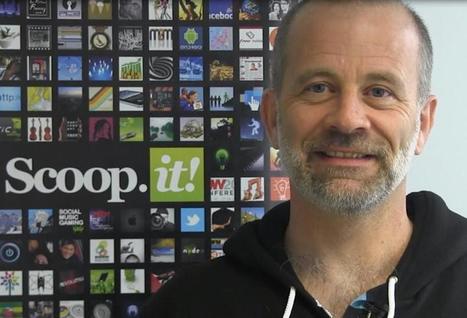






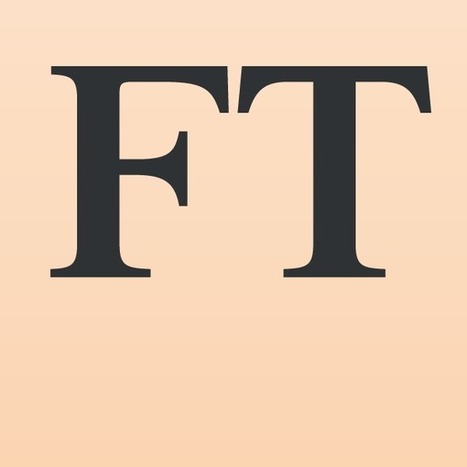






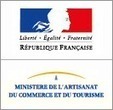
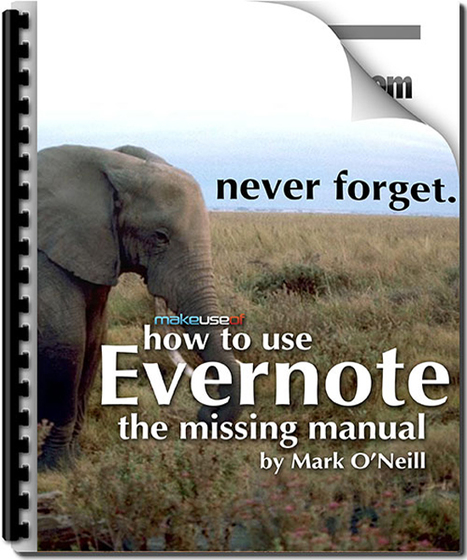

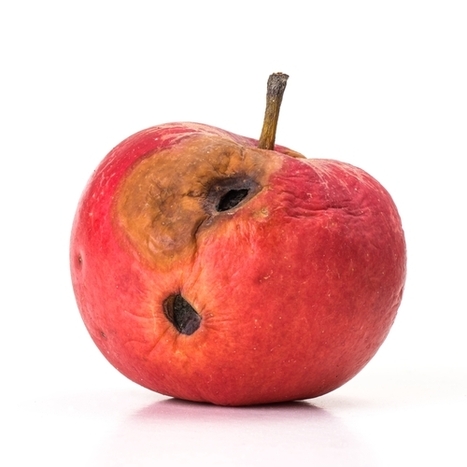

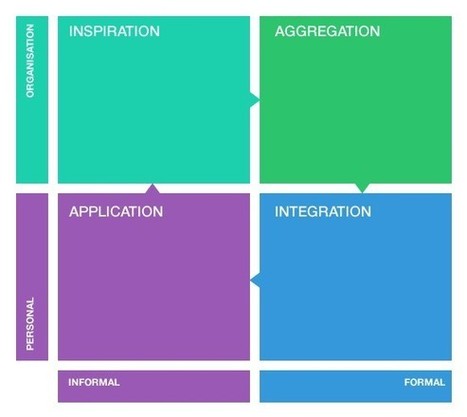




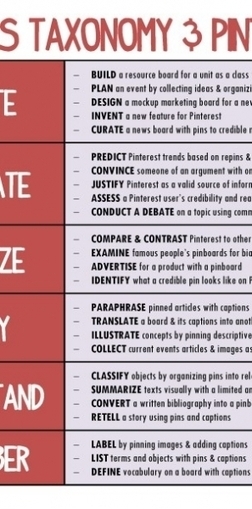
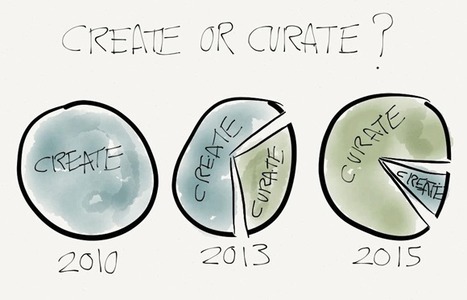






Scoop.it comes from Toulouse and is moving to San Francisco. How to impulse such businesses? They had the chance to have a really good ecosystem and important local public...
yes !!